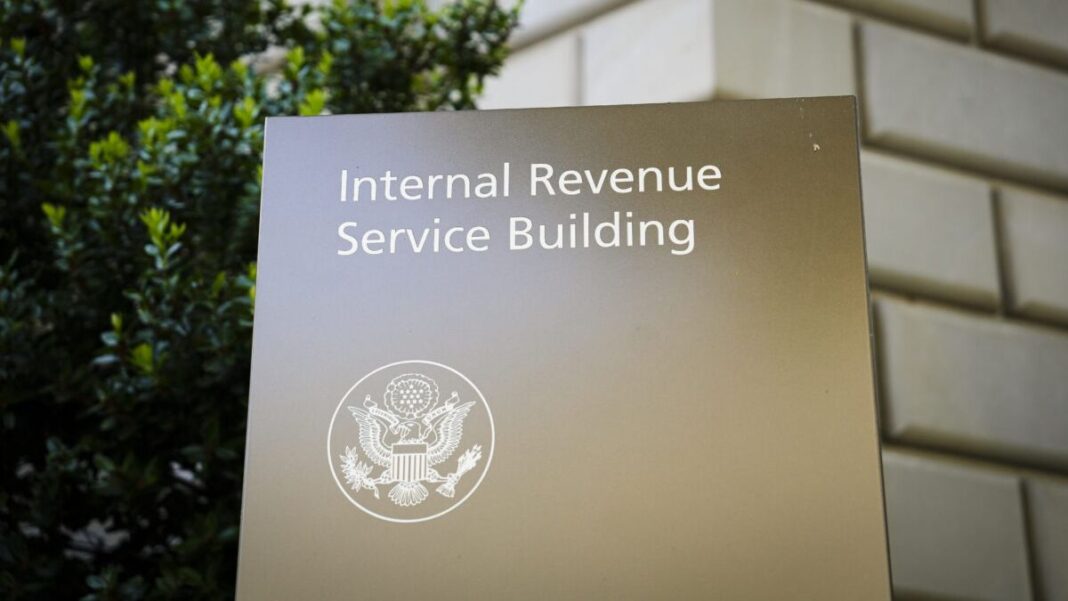The Internal Revenue Service is planning to address what it calls “large, complex partnerships” in an attempt to go after business entities that avoid paying taxes by abusing a known loophole.
This would allow the agency to collect tens of billions of dollars in additional tax revenue, via introducing double audits for partnerships with $10 million or more in assets, by fiscal 2025 over fiscal 2021 levels.
New research published by the Government Accountability Office (GAO) found that the specific types of legal and commercial structures the IRS has been targeting needs to be better defined to recoup losses from uncollected funds.
The GAO posted a list of four major recommendations to help the IRS to improve how it selects partnerships to audit for boosting compliance.
Tax Partnership Loophole
Businesses have been increasingly organizing as partnerships to allow them to pass their income and losses onto their partners and to avoid being taxed as corporations, the GAO said in a report on July 27.
“IRS has not defined or developed guidance on what a large, complex partnership is or developed measures to ensure additional audits focus on such partnerships,” said the government’s internal watchdog.
This is one reason why large partnerships have surged in recent years as a commercial designation within the U.S. economy.
Businesses that register as partnerships do not pay taxes directly but pass their tax liability onto their owners through an IRS form K-1.
These companies can be hidden within other partnerships in networked or circular structures, making them very complex for auditors at the tax agency to sift through, which has led to declining audit rates.
“The lack of a definition presents a challenge as IRS seeks to increase its audit coverage of partnerships,” the report read.
Tax experts have long stated that partnerships were being abused as a potential tax dodge.
By Bryan Jung







